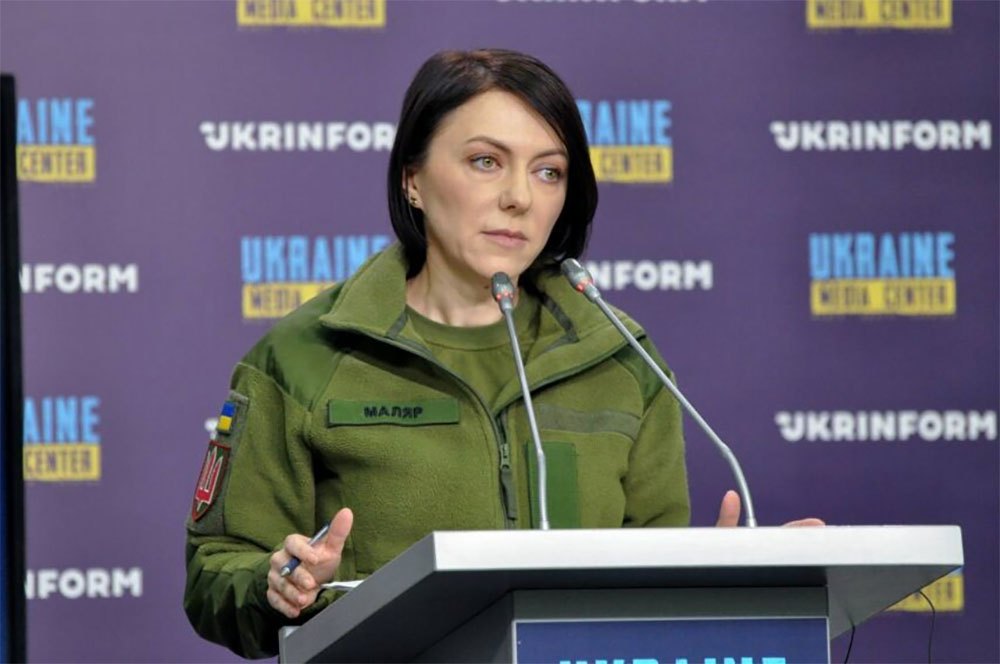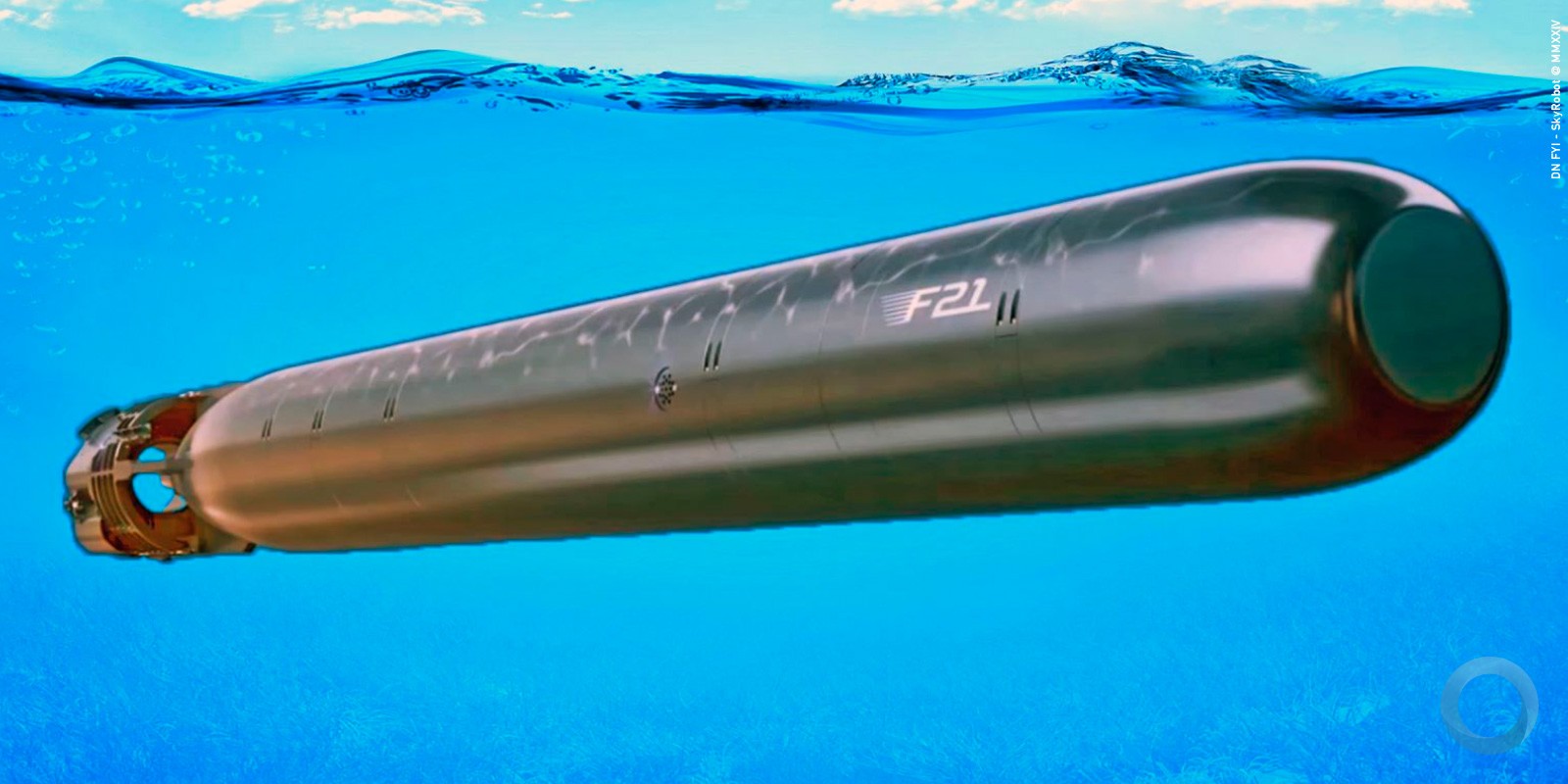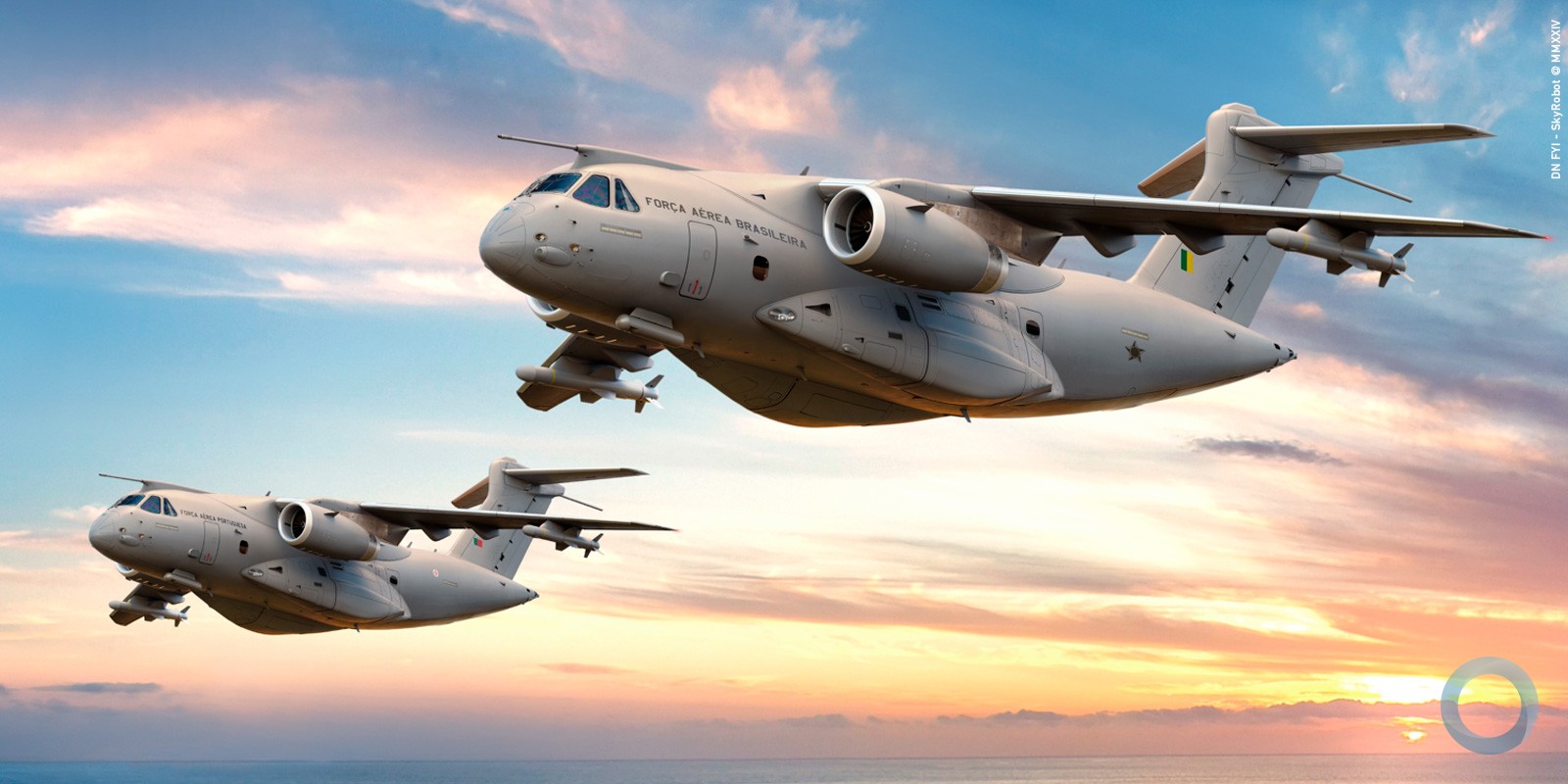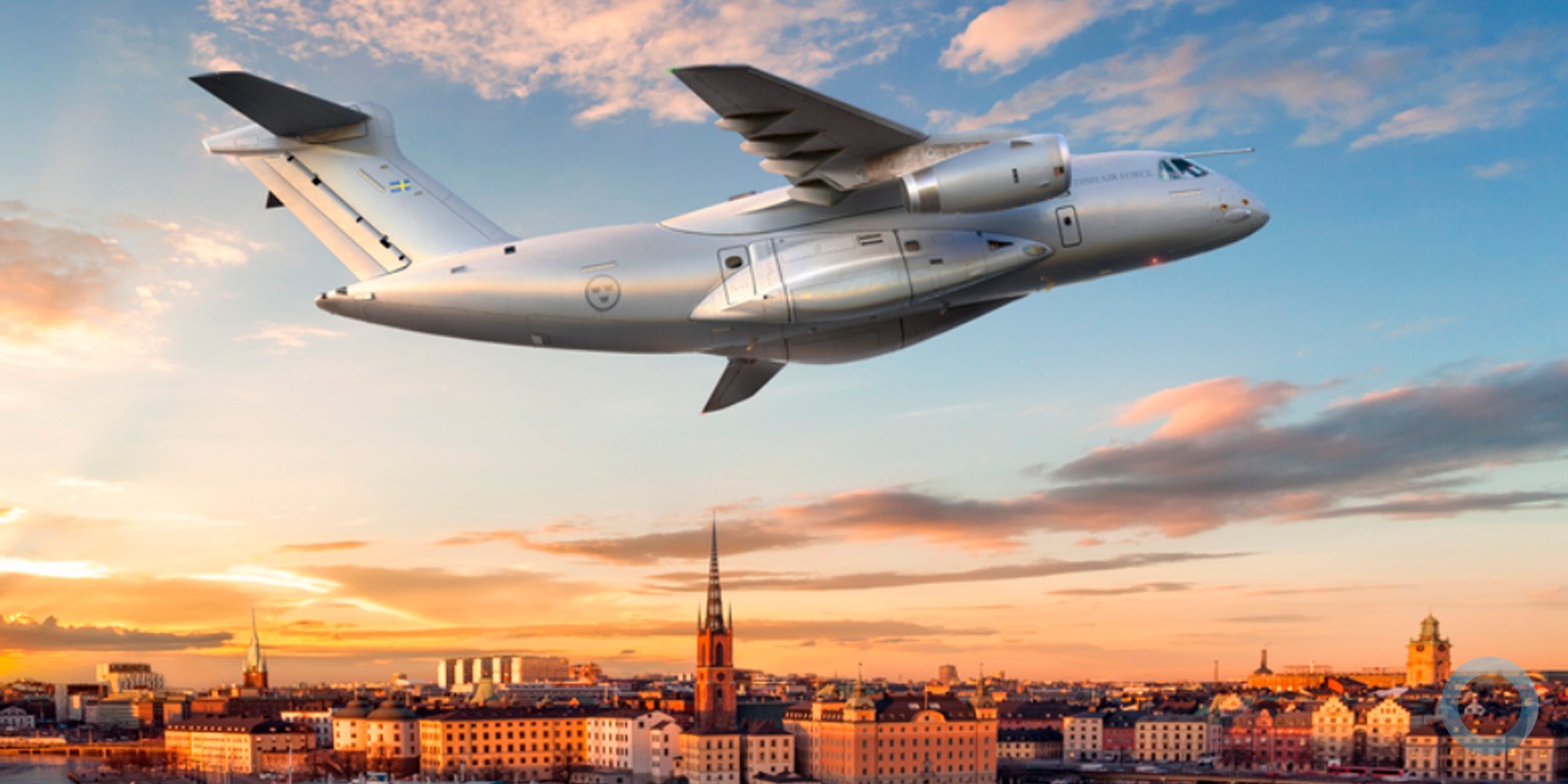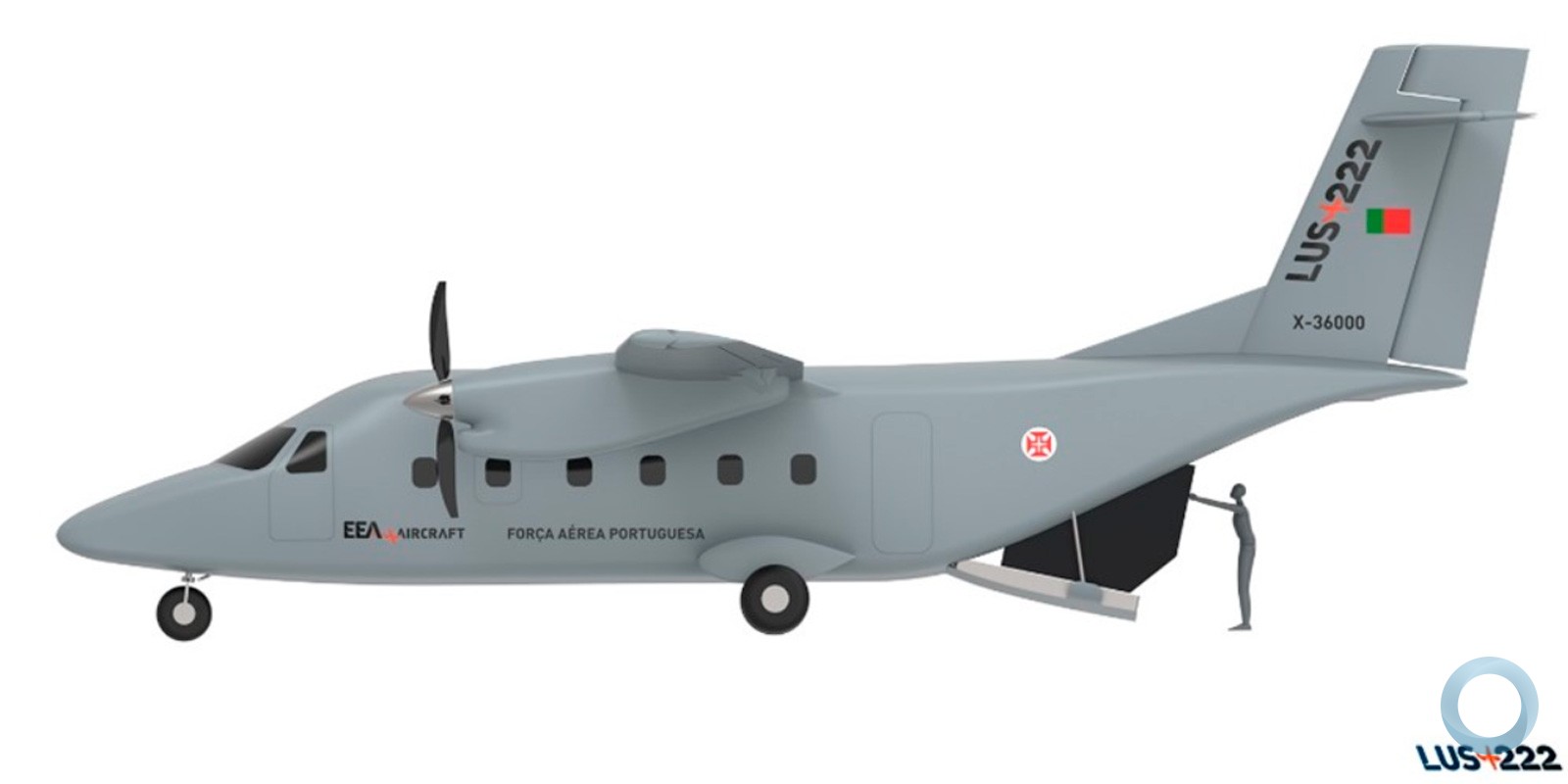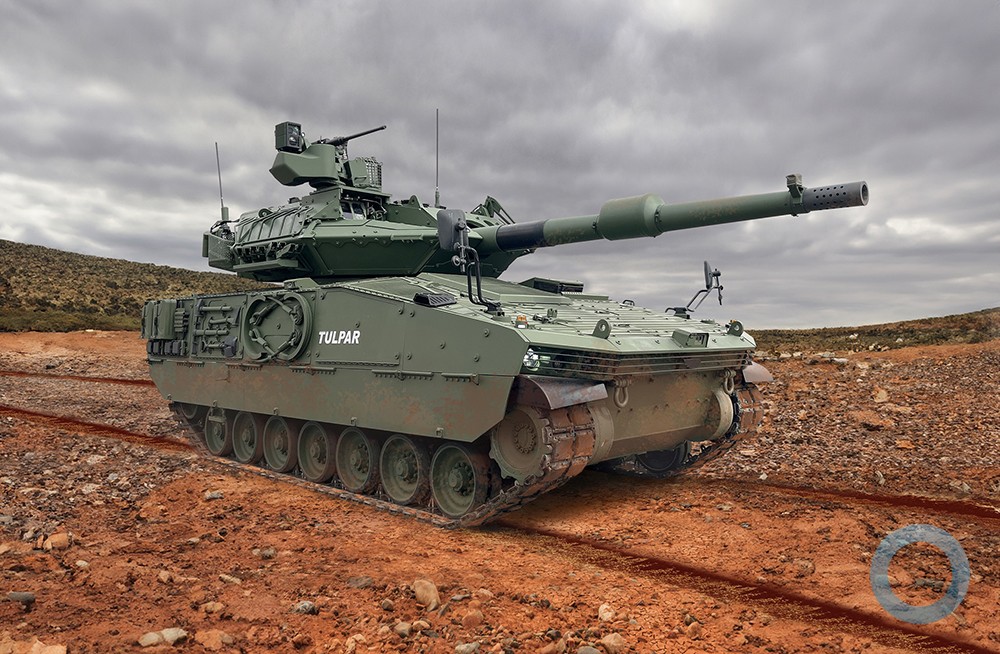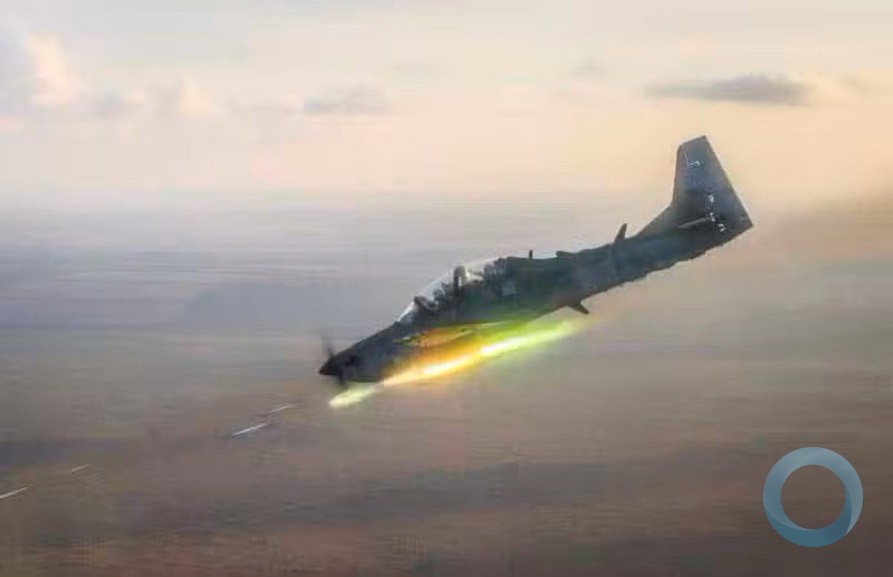Ian Murray – U.S. Army Lieutenant Colonel,
Office of Security Cooperation, Dominican Republic
The Dominican Republic has long been a transit hub for illicit goods. From English pirates such as Henry Morgan and Sir Francis Drake, from the golden age of Caribbean piracy, to the notorious Pablo Escobar, in the heyday of the Medellín Cartel, they all have plied their trade in the small Caribbean country. As trafficking operations become more profitable and complex, the means to counter the threat also have evolved. Today, the threat from transnational criminal organizations (TCOs) is greater than ever, as they threaten the economic and social fabric of the region.
For the past 20-plus years, illicit drugs have been moved predominantly via non-commercial air and maritime means due to the sheer quantity of drug loads that organizations must move to maximize profit. To counter their activities, the Dominican Republic uses a combination of resources to maximize the effectiveness of the forces engaged in Counter Transnational Organized Crime (CTOC) operations. In the mid-20th century, the Dominican Republic saw a sharp increase in illicit air tracks arriving from South America.
By 2007, the rate had climbed to nearly one arrival every three days. The Dominican government responded by employing eight A-29 Super Tucanos, updating its air radar surveillance capability, and improving the ability of the Dominican Air Force's helicopters to rapidly transport security forces to suspect landing sites throughout the country. As a result, the illicit air corridor between South America and the Dominican Republic was shut down in less than four years. In fact, illicit air traffic appears to have shifted almost entirely to Central America, whereas a proportional balance used to exist.
The shifting of the air corridor does not mean that TCOs involved in illicit trafficking no longer conduct operations in and through the Dominican Republic. On the contrary, as the United States, Mexico, and northern Central American nations increase pressure on the land and maritime routes from South America to the United States, more illicit material moves via the Dominican Republic.
The constantly evolving threat from organizations with seemingly endless amounts of money to avoid detection by law enforcement agencies easily outpaces the Dominican government's abilities to acquire the necessary technology to keep them contained. This reality has led the Dominican government to adapt and innovate new doctrine based on scarce resources.
The A-29, originally designed as an air interceptor, has become a key asset in the maritime domain. While it may not have the longest dwell time, and it may not have the attributes of a B-200 King Air or P-3 Orion, the Dominican Air Force pilots have become rather proficient at utilizing the small aircraft as an ad-hoc maritime patrol aircraft.
Working with the Joint Interagency Task Force South and the Colombian Air Force, Dominican pilots have developed the skillset to take over monitoring a maritime vessels engaged in illicit activities and guide Dominican security forces to conduct either a maritime or land-based interdiction. While the Dominican Air Force has acquired a new aircraft, equipped and dedicated to enhancing maritime domain awareness, the Super Tucanos remain an integral part of the joint effort to counter the deleterious effects of the TCOs' illicit activities.






